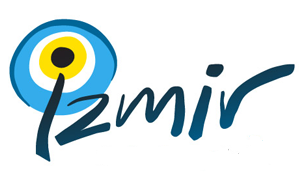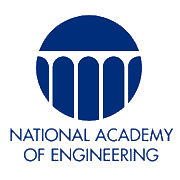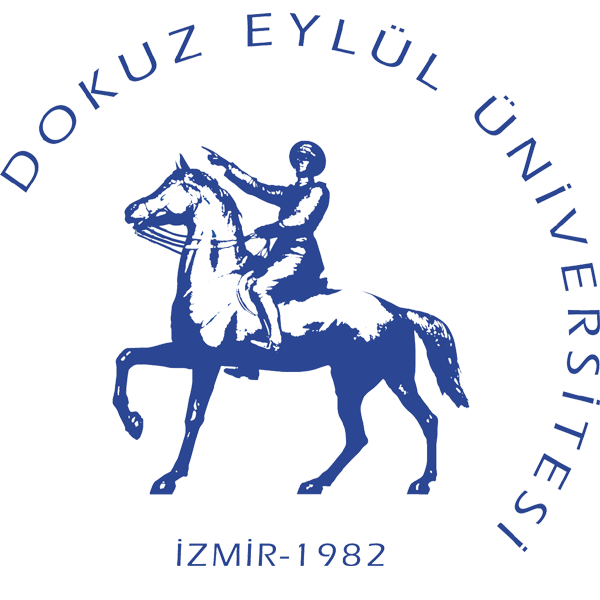| |
|
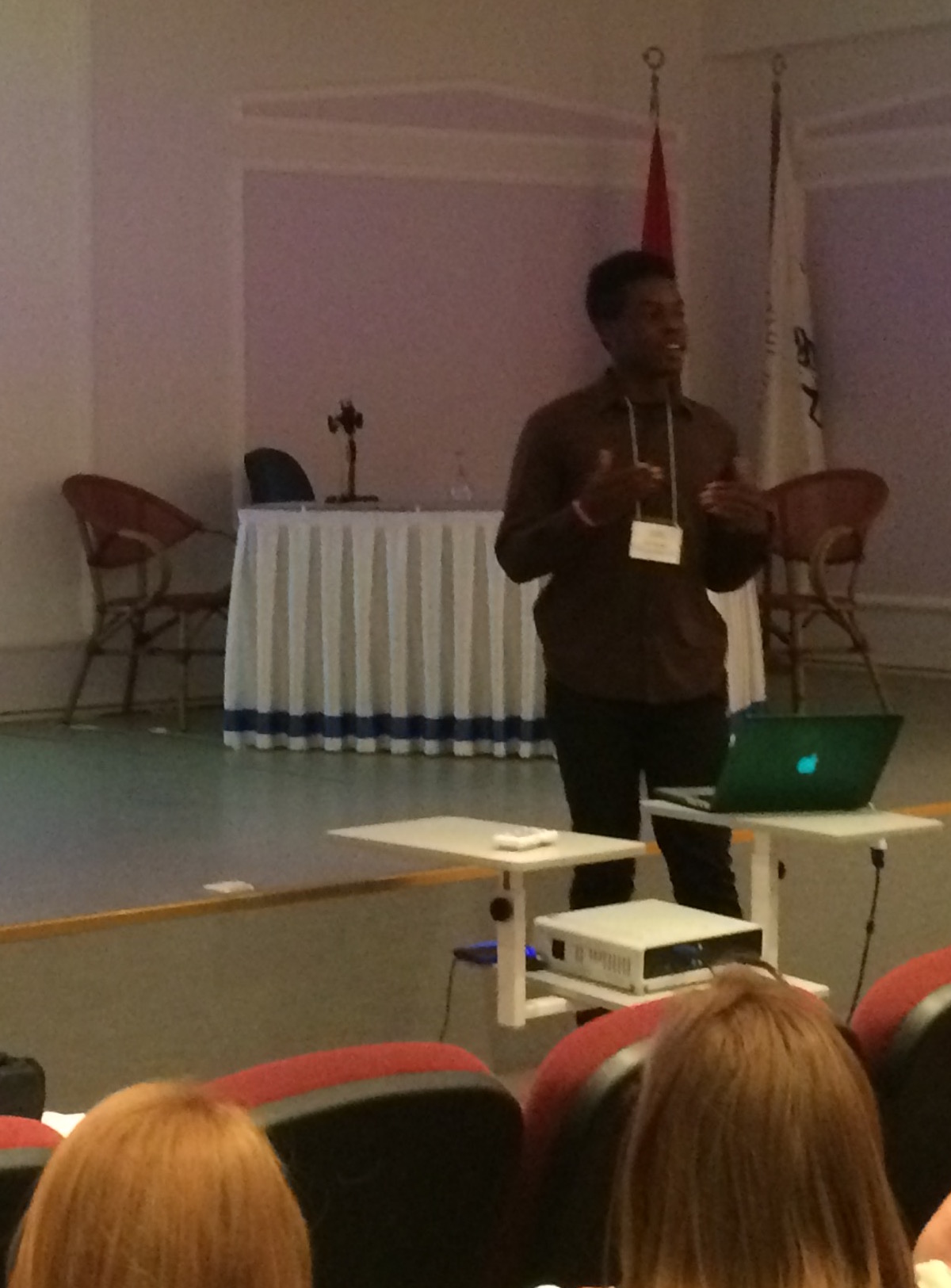
Daryl Omire-Mayor
|
The Effect of Experimental Pain on Hemodynamic Responses Measured by Functional Near Infrared Spectroscopy
Pain is a phenomenon that most people experience at some point in their lives, whether minor and resulting from an injury, a symptom of a disease, or occurring chronically post initial injury or disease, making pain the problem itself. Previous neuroimaging studies have been able to identify ways of quantifying pain objectively, but fail in affordability and feasibility of use in a clinical setting. Functional near infrared spectroscopy has been used as a method to objectively measure the autonomic response to noxious stimuli and has proven to be linked to subjective responses; however, this has yet to be further explored through appropriate analysis of quantifiable subjective responses. Functional near infrared spectroscopy (fNIRS) is an optical brain imaging modality that uses near infrared light to track changes in cerebral hemodynamic responses. Recent research conducted in our lab suggests the use of fNIRS for monitoring cortical activation in response to a given external, noxious stimuli. The fNIRS system can penetrate tissue up to a few centimeters within the 700 to 900nm optical light window. At approximately 700nm, deoxy-hemoglobin is absorbed at a maximum and at approximately 900nm, oxy-hemoglobin is absorbed at a maximum. Through modified Beer-Lambert law calculations, we obtain the changes in oxy and deoxy-hemoglobin. In this study we investigated the fNIRS signals from the dorsolateral prefrontal cortex region, while inducing thermal pain through the use of the cold pressor test. Eight, healthy, right-handed individuals participated in this study, consisting of 14 trials of the experimental procedure. The procedure included placing the right hand in tepid water (maintained at 23°C) for 2 minutes, followed by immersion of the hand in 4°C water for 30 seconds. After 7 trials at 4°C, the subject then placed their hand in tepid water for 2 minutes to conclude the experiment. The procedure was then repeated at 15°C for 7 trials. This was done to appropriately compare the data generated from fNIRS to the perceptive response of each subject. We compared the fNIRS results obtained from experimentation to the visual analogue scale subjective pain scores (obtained during experimentation), which gives quantifiable information about the subjective pain experience. From this data, our results show a link between the objective fNIRS results and subjective pain reporting, at different levels of stimuli. This suggests that the hemodynamic response to nociception is indeed correlated to the subjective report of pain, making fNIRS a potentially promising tool that in the future will help clinicians to objectively measure pain.
|
| |
|
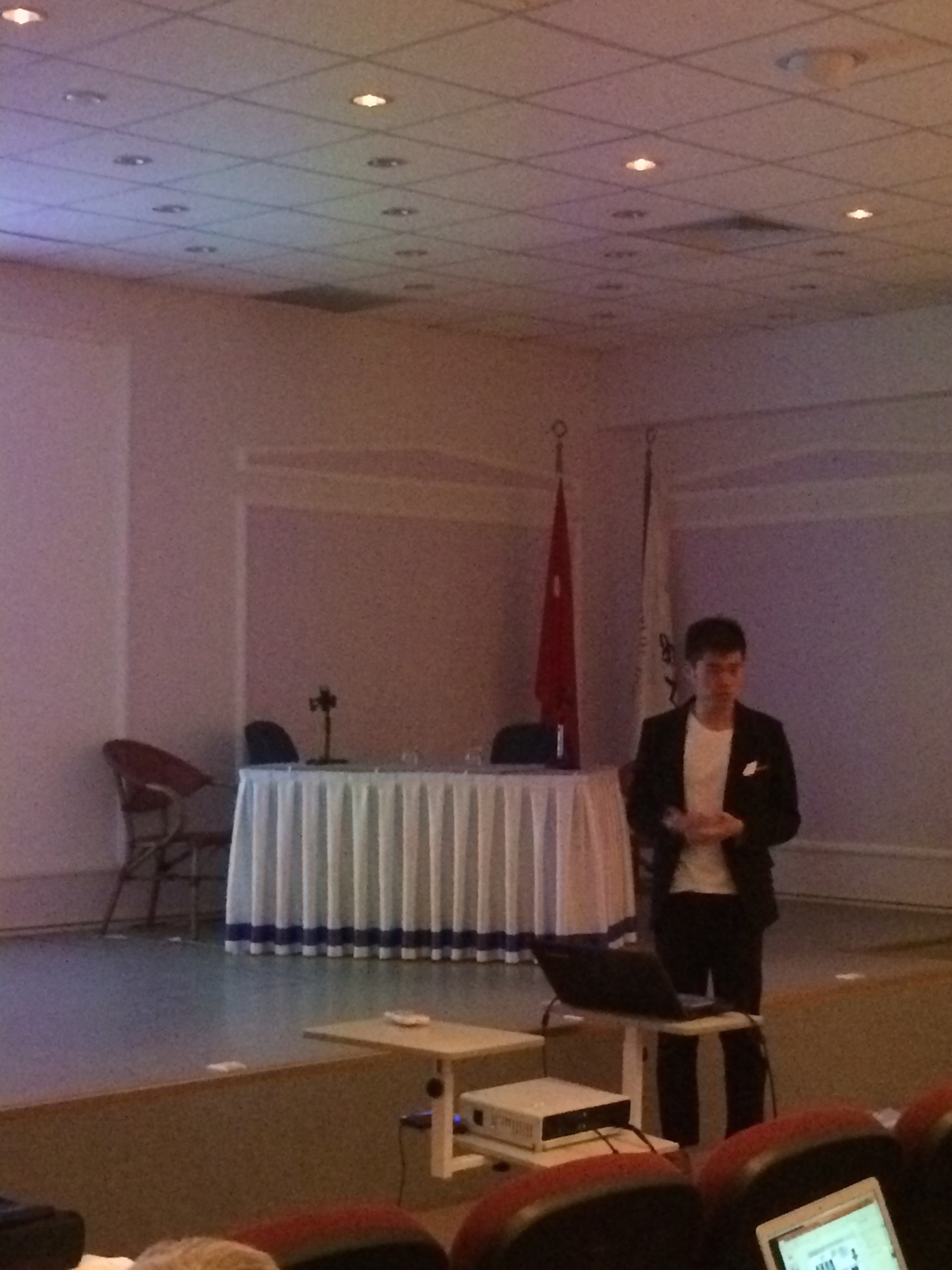
Arsenal Hao Liu
|
Smart Amphibious Soft Robots: Magnetically Actuated Liquid Metal
The dramatically growing adoption of mechanically deformable and compliant materials for robotic design and fabrication is stimulating the rapid development and widespread application of soft robots for various using purposes. To date, liquid metal has aroused intensive research interests as a promising candidate material for prototyping soft robots, ascribing to that such gallium-based alloy can sustain liquid at room temperature and therefore be endowed with compliance and shape-adaptability to ambient environment, which is nominated as the primary characteristic for soft bodied robots. Moreover, such shape-adaptability is available to be modulated through tuning the surface tension of liquid metal, further facilitating the manipulation of liquid metal. Nevertheless, currently employed strategies (electrochemical method and self-rotation) for liquid metal manipulation are associated with tedious issues of requiring specifically designed geometrical channels and molds and skillful arrangement of electrode geometries for directed motion of liquid metal. Consequently, there still exists an unmet demand for a versatile means for manipulating liquid metal in a straightforward, easy-accessible, directed and controllable manner. In this study, we introduced a versatile scenario adopting magnetics for actuating and assembling liquid metal droplets in an easily accessible, precisely targeted and highly controllable way. The droplet was firstly designed to encapsulate micro-scale steel beads and thus could operate response to the magnetic field, resembling a smart robot. Such liquid metal-based soft robot carried out directed amphibious locomotion and assembly on solid substrate and in water ambience. In addition, potential applications as switches for logic circuits and motors for vessel cleaning were demonstrated to reveal the versatility of such liquid metal robots. This research is believed to be helpful to offer a novel route for manipulating motion of liquid metal and gearing soft robots with easy accessibility and directed control, and inspire those working on magnetics to explore new application realms for magnetic actuation.
|
| |
|
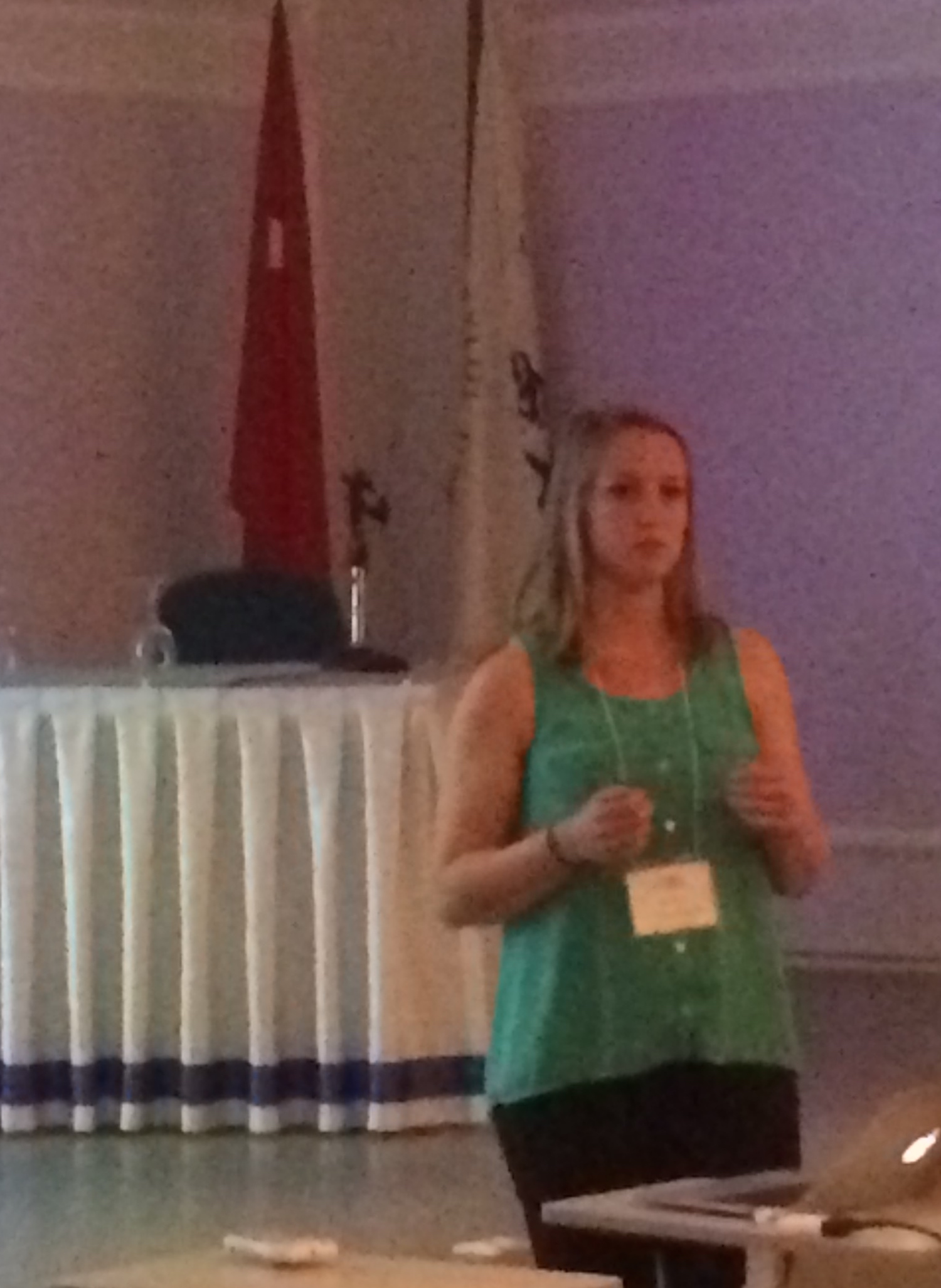
Katrina Kalantar
|
An Informatic Solution for Assembling Single Cell Microbial Genome
Single cell genomic sequencing has enabled the identification of novel, unculturable microbes and further investigation into microbial communities. Beyond metagenomic sequencing, single cell genomics increases the dimensionality of data through incorporation of cell barcodes. Using this data, we obtain partial genomes from each microbial cell within a sample. Here I present an algorithm that was generated to enable assembly of full genomes from single cell partial genomes without the use of an existing database. We demonstrate that a method using pairwise kmer hashing and tetra-nucleotide frequency can efficiently group partial genomes and recover substantially more complete genomes for microbes with unknown origin.
|
| |
|
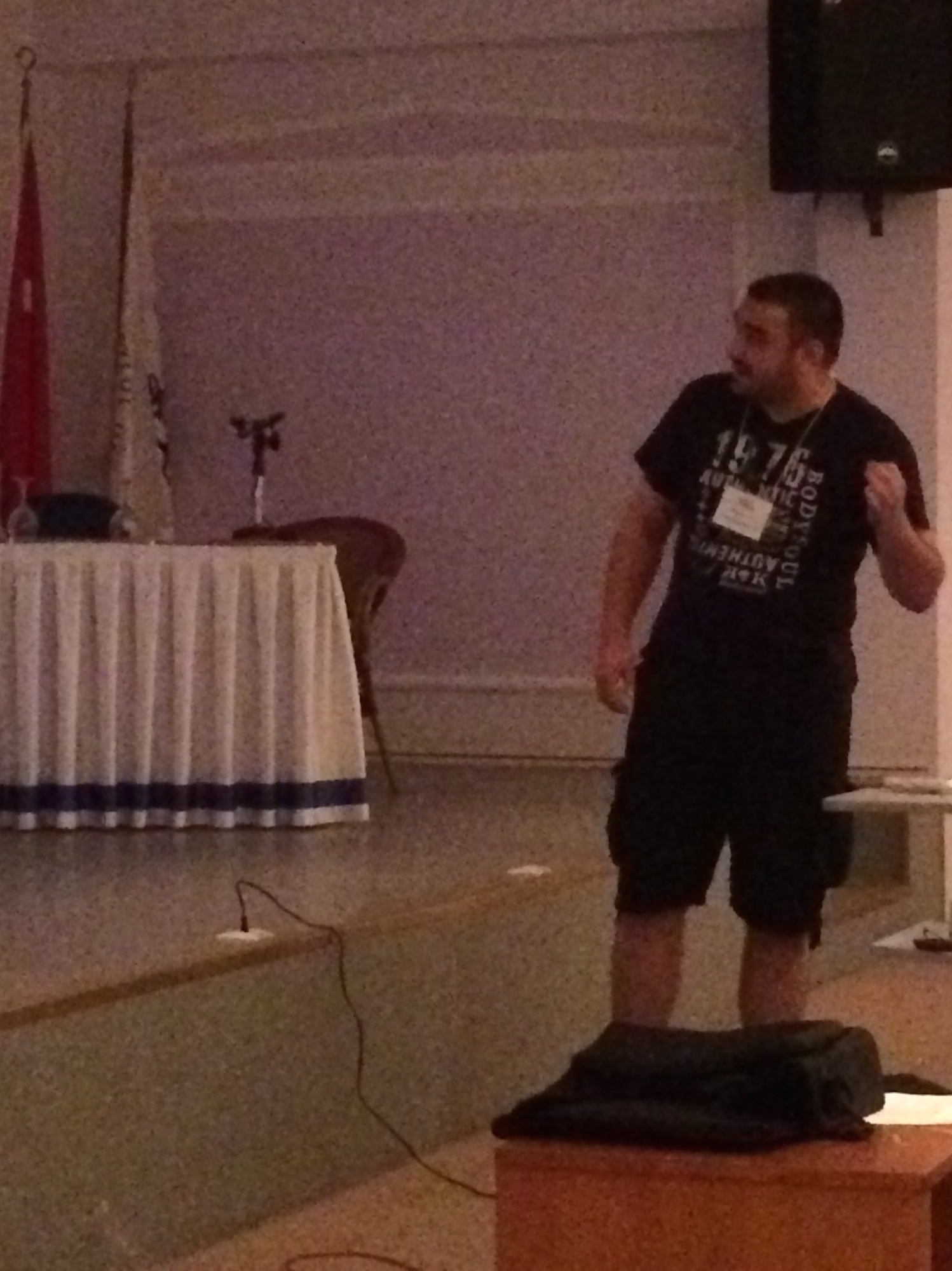
Nikolaos Christodoulou
|
Using a modular tool/model repository infrastructure for hypermodel creation in the context of In Silico Oncology
Aiming to construct an integrated hypermodel creation and execution infrastructure is the main purpose of the CHIC project. Therefore, the development of “basic units” that will undertake specific tasks and roles within this infrastructure is a sine qua non. Amongst these units, a key cornerstone is a tool/model repository. Models, auxiliary tools for execution and result transformation/presentation as well as pertinent data should be persistently stored and accessible from the infrastructure’s other parts. In this work, we succinctly describe the architecture and implementation of such a repository, following a modular approach to meet current standards but also to lay the foundations for meeting future ones.
|
| |
|
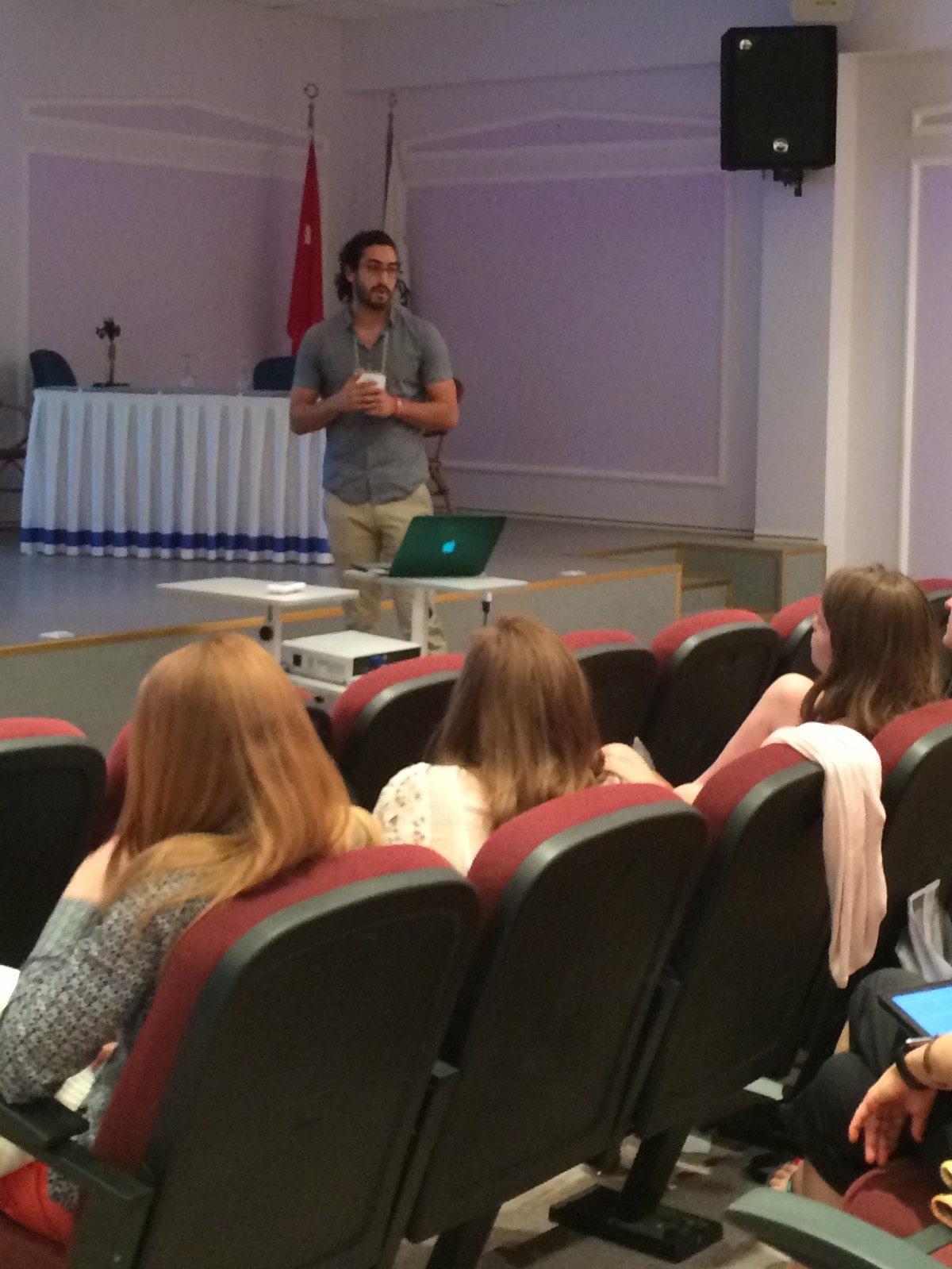
Kian Torabian
|
Blood Washing to Improve Transfusion OutcomesBlood transfusion is the most commonly prescribed in-patient procedure in the United States. Infusion of the byproducts of red blood cell (RBC) metabolism and storage induced degradation, as well as of the residual plasma proteins and the anticoagulant-preservative solution contained in units of stored blood, serves no therapeutic purpose and may be harmful to some patients. A simple gravity-driven washing system can be optimized for bedside washing of stored RBCs. In our prototype system, stored RBCs are diluted in normal saline and passed through a column of coiled tubing to allow RBC sedimentation in normal gravity, thus separating them from the washing solution. This proof-of-concept device is of comparable efficiency to conventional centrifugation, producing a blood product of 37% hematocrit at a flow rate of 0.5ml/min, while improving blood quality by removing 90% of free protein and increasing perfusion rate of the blood through an artificial microvascular network by 20%. Further modeling of the system can inform design of a low-cost, disposable device for in-line use at the bedside.
|
| |
|
| |
|
.jpg)
Jason Jones
|
Development of faster, deeper imaging for applications in cardiovascular models of disease.
Recent advances in photonics have resulted in far infrared (IR) laser sources at 1700 nm capable of pushing the imaging depths of multiphoton imaging in biological tissue. Fundamental imaging depth limitations result from the generation of surface fluorescence excitation causing background signal generation when using standard two photon excitation sources. Using a 1700 nm sources overcomes these limitations and increase the maximum depth at which subcellular resolution imaging is possible by 1) entering a spectral window where the scattering and absorption of light by water is minimized and 2) through the generation of high energy solitons which facilitate three photon interactions where out of focus signal generation contributing to background does not occur. This technology has already shown promise for increasing our understanding of neurological function by allowing imaging through the external brain capsule, entire neocortex, and into the CA1 region of the hippocampus in mice. The heart poses a unique set of challenges due to the highly scattering nature of the tissue and the high degree of motion associated with cardiac contraction. We have developed a multimodal imaging system that utilizes three photon excitation and increases the speed at which this technology is capable of operating to that of video rate. This provides a more robust data set within a single heartbeat of cellular cardiac dynamics such as calcium - something not currently possible at this temporal resolution in vivo.
|
| |
|
| |
|
| |
|
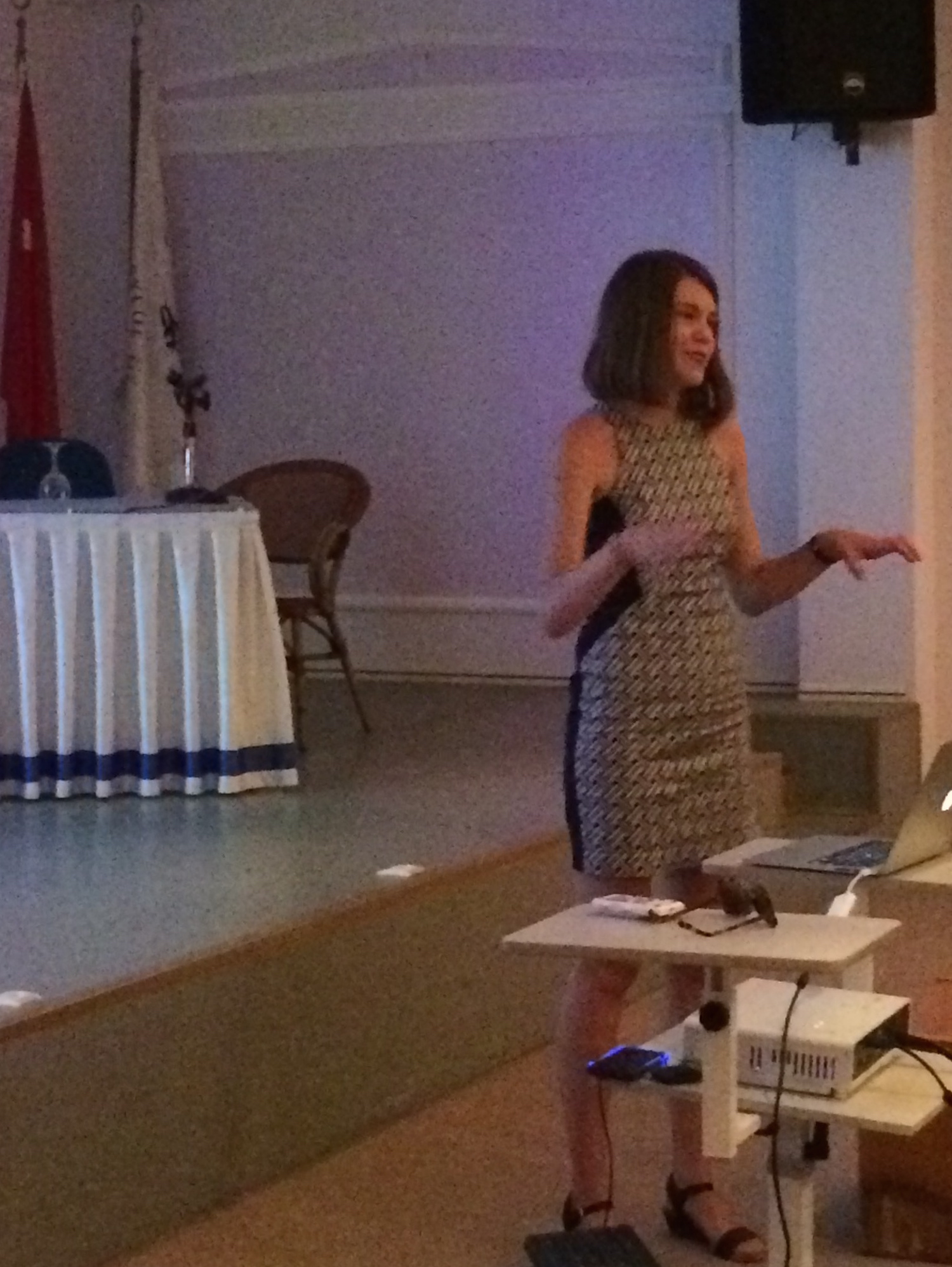
Marta Overchuk
|
Porphyrin conjugates for cancer theranostics and enhanced nanoparticle delivery
One of the major challenges in cancer nanomedicine is to achieve favorable tumor nanoparticle accumulation despite rapid nanoparticle uptake by liver and other clearance organs and highly variable tumor microenvironment. The majority of the developed nanoparticles rely on passive accumulation through the enhanced permeability and retention effect, which leads to highly variable results across different cancer models. In our lab we developed a strategy, which allows to enhance tumor nanoparticle accumulation. Application of a targeted photosensitizer and localized light treatment leaded to the strong enhancement of the nanoparticle accumulation as early as 30 minutes after systemic nanoparticle administration. We also demonstrated the utility of this approach with nanoparticles of different sizes and composition using different imaging modalities (fluorescent and photoacoustic imaging). Current approach can be tailored for various tumor molecular targets, which could make it a useful tool for personalized cancer imaging and treatment.
|
| |
|
| |
|
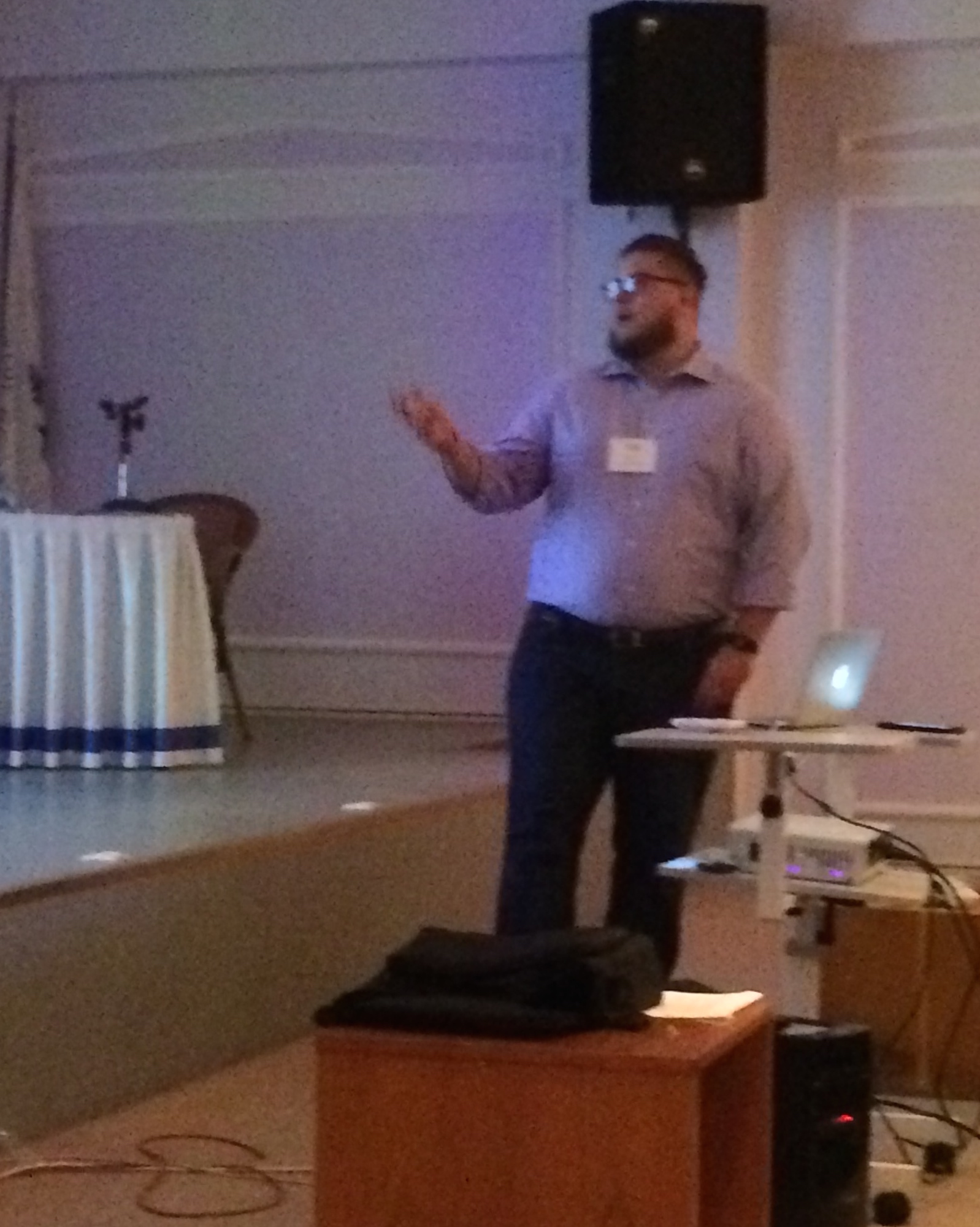
Nathaniel Piety
|
Towards Universal Sickle Cell Disease Screening in Resource-Limited Settings: Clinical Feasibility of a Paper-Based test for Newborns and Mothers
Universal screening for sickle cell disease (SCD) has drastically reduced childhood mortality associated with SCD in resource-rich countries. However, laboratory screening methods are impractical in resource-limited settings due to their high cost, complexity, and long turnaround time. Here we evaluate the clinical utility of a simple, rapid, equipment-free and low-cost paper-based test for screening newborns and their mothers for SCD in a resource-limited clinical setting in Cabinda, Angola. Healthcare workers collected blood from newborns (n = 159) and from mothers (n = 731). Differential transport of polymerized sickle hemoglobin (HbS) and soluble Hb in paper created blood stains with patterns indicative of the presence or absence of HbS. Samples were visually scored as positive or negative for HbS, and scores were compared to newborn isoelectric focusing results. Direct screening of newborns identified HbS-positive newborns with 81.8% sensitivity, 83.3% specificity and 83.0% diagnostic accuracy. Indirect screening of mothers identified HbS-positive newborns with 60.2% sensitivity, 86.1% specificity and 81.9% diagnostic accuracy. All newborns with SCD were correctly identified. Our results show that the paper-based test can effectively screen out unaffected newborns from expensive laboratory testing, thus reducing the cost of universal newborn screening for SCD in resource-limited settings.
|
| |
|
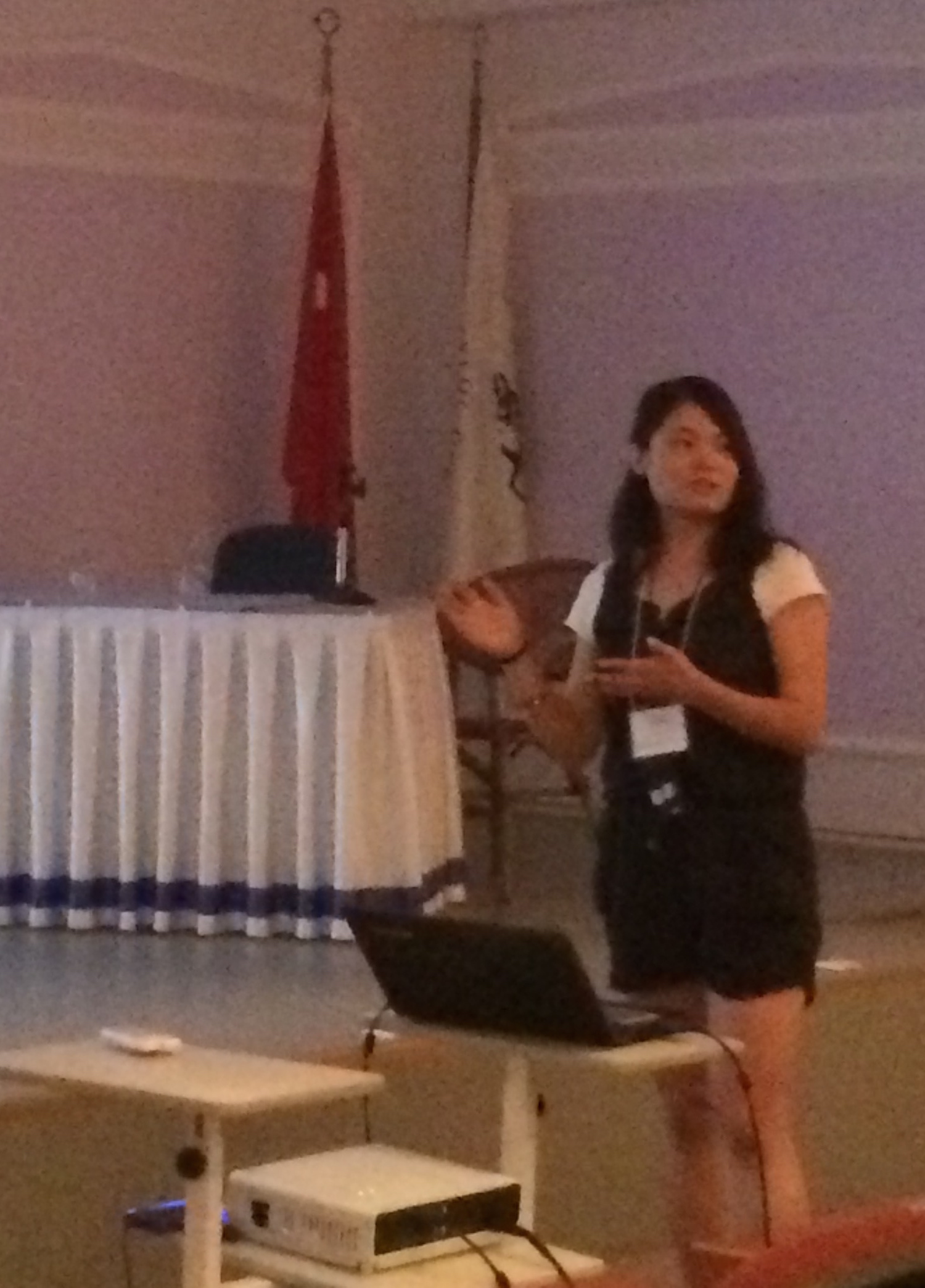
Moxiao Li
|
Manipulating diverse liquid droplets (e.g., water and organic liquid) at microscale is crucial in many technological processes and applications in physical, chemical and biomedical fields. Current approaches are limited by their complexity and specialized function, and only few strategies enable versatile manipulation (e.g., grabbing, transfer and fusion) of different liquids (i.e., omni manipulation). Inspired by nature, we introduced a omni-manipulation method by a soft hydrophobic/oleophilic fibrous structure (i.e., taraxacum seed) and experimentally studied the factors that affect its manipulation capability. We also established a mathematical model to obtain the profiles of the fiber assay during the lifting process and the grabbing volume, which agree well with our experimental observations. In particular, we studied the adhension mechanism of the unique structures of the taraxacum seed, underlying the grabbing process of both water and organic liquids (e.g., mineral oil) employing such a hydrophobic/oleophilic structure. We further showed how this structure can be applied to realize oil/water separation and liquid release. This strategy of hydrophobic/oleophilic fibers makes the omni manipulation of versatile liquid possible, holding great potential for a broad range of application areas from microfluidics and biochemical reaction, to waste water treatment and fuel purification.
|
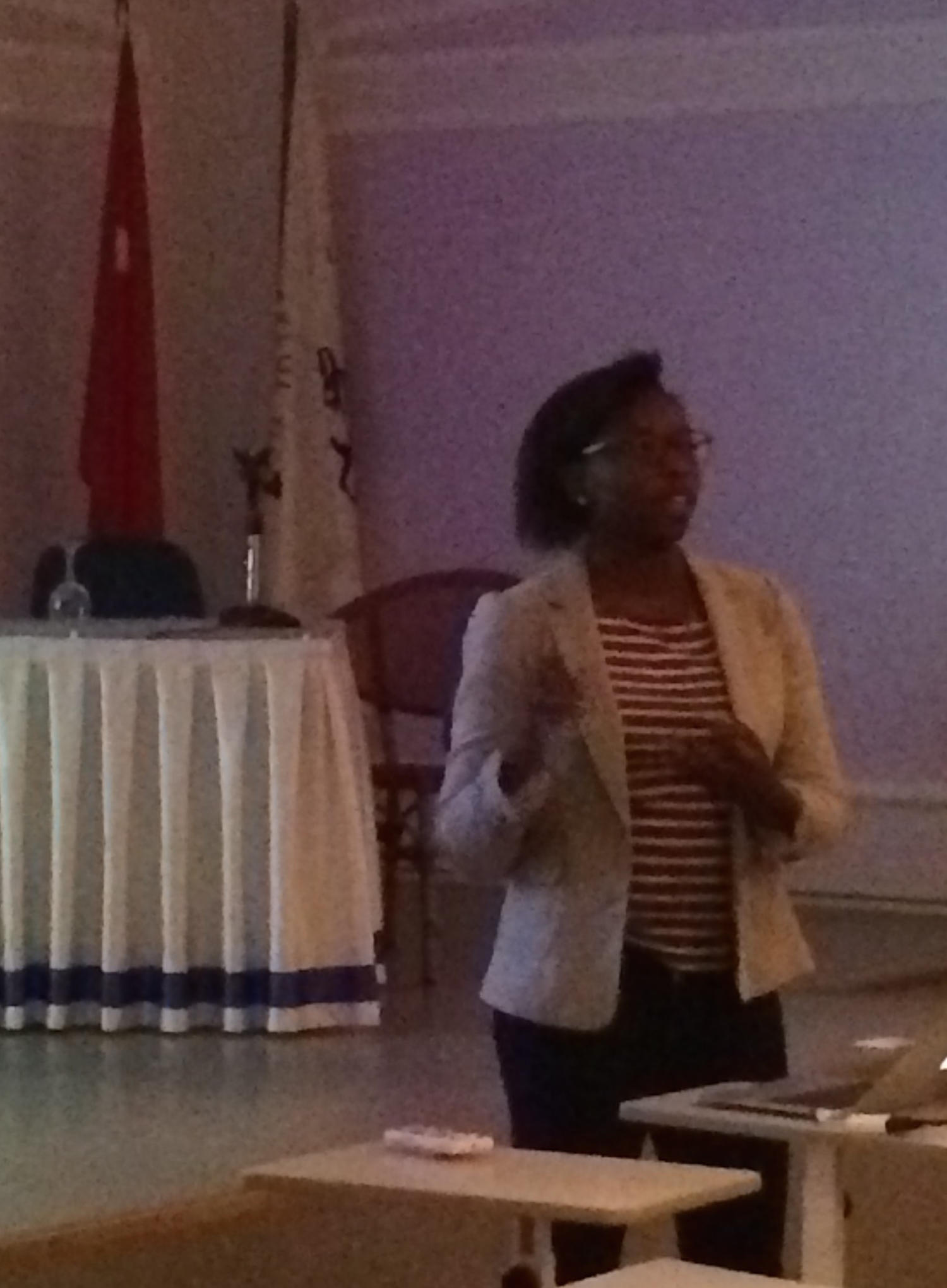
Lindsey Osimiri
|
Optogenetic Regulation of Yeast Transcription
The study of cell signaling networks can give us insight into the mechanics behind the many phenotypes cells display, like proliferation or death, when interacting with the world around them. With knowledge of these signaling networks, we can begin to specifically manipulate cells for our gain, like through synthetic biology or metabolic engineering. Studying signaling networks in yeast is especially powerful because of the ubiquity of yeast in industrial production facilities. Saccharomyces cerevisiae is used today to produce goods as wide-ranging as fragrances, biologics, and silk. A deeper understanding of this organism may allow for its use in improving the production of even more items.
Currently, in S.cerevisiae, we study signaling primarily with environmental or chemical inputs, like heat shock or chemical stress. This is often useful for getting an idea about pathways related to these inputs. However, these stresses can have many effectors, both known and unknown. In general, it can be difficult to determine the precise effects of our protein of interest due to complex or unknown pathway structures. But, if we are unaware of all the downstream effects of our original stress, it will be impossible to construct precise models of cell signaling.
Optogenetics allows us to probe the effects of single inputs using light, which affects far fewer proteins in S.cerevisiae than many of the chemical or environmental inputs we use to study signaling. As such, this makes optogenetics a great tool to use on its own or in tandem with environmental inputs to prevent crosstalk between pathways.
In the El-Samad Lab, we use an optogenetic tool called LANS, or Light Activated Nuclear Shuttle. In the dark state, the LOV (Light, Oxygen, and Voltage) domain in LANS is closed, and only a nuclear exit sequence is “visible” to the cell. Therefore, in the dark, the cargo is cytoplasmic. However, in response to blue light, the LOV2 domain opens, thereby revealing a nuclear localization sequence. Now the cell’s own import machinery can transport the cargo-LANS construct into the nucleus. With this tool, we can now control spatiotemporal regulation of various cargo, like proteins, in the cell using light. This strategy is dose-responsive, quickly reversible, and highly specific.
Transcription is one area in which ability to control spatiotemporal regulation is critical. In both mammalian and yeast cells, we have seen that different dynamics of entry into the nucleus for a single transcription factor can cause different gene programs and outcomes. With LANS, we will now be able to study signaling networks in S.cerevisiae with extremely fine resolution. In the future, we hope to use our expanded knowledge of yeast signaling to create tools which will enable synthetic biologists and metabolic engineers to use S.cerevisiae as even better chassis for production of goods.
|
| |
|





.jpg)





